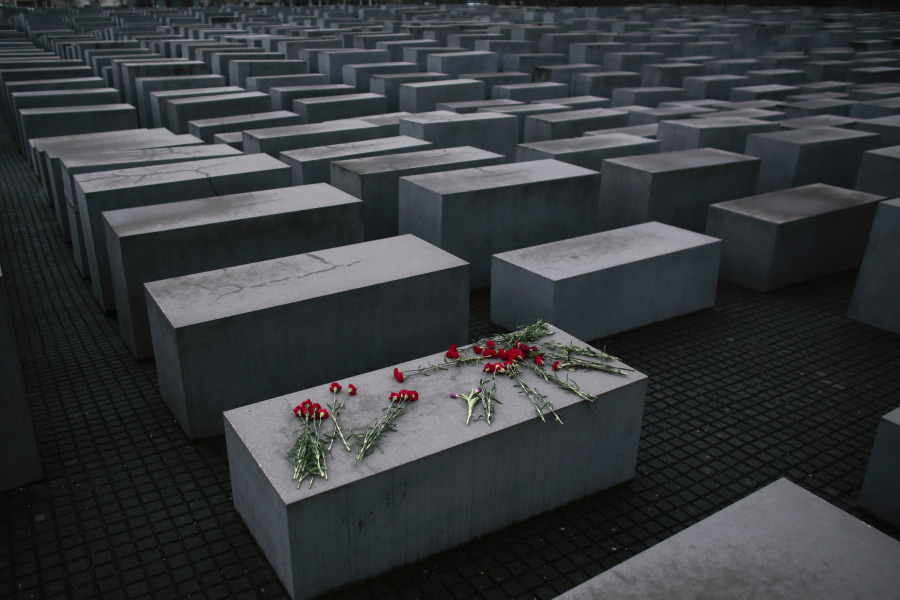BERLIN (AP) — Almost 80 years after the Holocaust, about 245,000 Jewish survivors are still living across more than 90 countries, a new report revealed Tuesday.
Nearly half of them, or 49%, are living in Israel; 18% are in Western Europe, 16% in the United States, and 12% in countries of the former Soviet Union, according to a study by the New York-based Conference on Jewish Material Claims Against Germany, also referred to as the Claims Conference.
Before the publication of the demographic report, there were only vague estimates about how many Holocaust survivors are still alive.
Their numbers are quickly dwindling, as most are very old and often of frail health, with a median age of 86. Twenty percent of survivors are older than 90, and more women (61%) than men (39%) are still alive.



